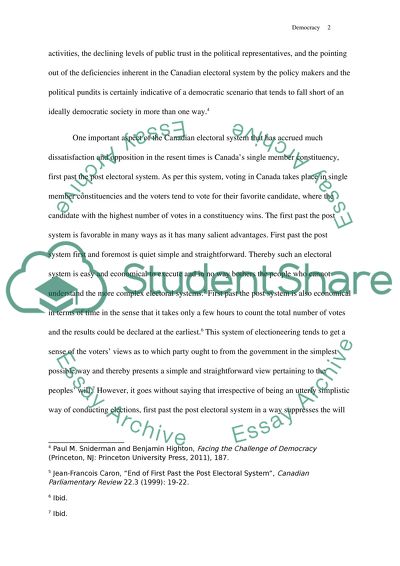Cite this document
(“Free and Fair Elections - Canadian Politics Essay”, n.d.)
Retrieved from https://studentshare.org/history/1488585-free-and-fair-elections-canadian-politics
Retrieved from https://studentshare.org/history/1488585-free-and-fair-elections-canadian-politics
(Free and Fair Elections - Canadian Politics Essay)
https://studentshare.org/history/1488585-free-and-fair-elections-canadian-politics.
https://studentshare.org/history/1488585-free-and-fair-elections-canadian-politics.
“Free and Fair Elections - Canadian Politics Essay”, n.d. https://studentshare.org/history/1488585-free-and-fair-elections-canadian-politics.


